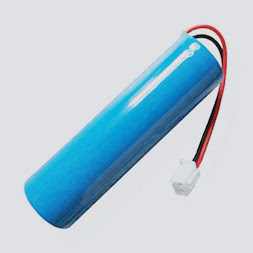Light-emitting diodes (LEDs) replace incandescent bulbs, usually in practical flashlights, but there is a new generation of light-emitting diodes (LEDs) on the market today that represent the next generation of general lighting products. LEDs are significantly more efficient than incandescent bulbs, with white LEDs producing 100 lumens per watt, compared to 100 lumens/watt. Even the smallest LED flashlight, powered by AA cells and equipped with LED, can emit 100 litres.
The amount of potentially recyclable gallium produced worldwide is 1,000 times greater than the amount produced by light bulbs.
This ensures that the 25 lb battery does not end up in the environment or landfill, but is disposed of properly. If it is not the right size for your needs, we can also offer a smaller battery with a larger capacity of 25 lbs for a fraction of the cost.
So far, most Best AC DClithium-ion batteries have been sold in consumer electronics, but future sales are increasingly driven by electric cars. This may be the best economic solution, but one of the most important issues that come with it is the cost. As the growing number of lithium-ion batteries reaches peak capacity, the US can develop a competitive market for recycled lithium.
This report, which is made up of several sources, hopes to gather information about LED light sources and their use as a tool for comparison with other light sources and to diagnose the future of LEDs as sustainable light sources. With increasing popularity, there is a good chance that the information about LEDs will increase and the knowledge about the topic of this light source will be rich. Hopefully, we can use LEDs as an alternative to other lighting options such as incandescent bulbs and fluorescent tubes.
LEDs, compared to the total number of LEDs produced in 2011 and the predicted specifications for the future of LED lighting options. LED flashlight consumes 1 watt and much more battery to generate heat and light. Since the amount of light per watt differs greatly between different types of LED and incandescent lamps, the light measurement is related to the use of the flashlight, as the nominal power consumption of a lamp in watts is approximately that of an LED Light bulb Driver in watts of power per light output. Since LED flashlights require up to 22 inc and 3 CFLs to achieve oneLED power, DOE - LCA provides the lights with an energy output of approximately 1.5 times that of the LED light source as an alternative lighting option, with a total consumption of 2.7 watts.
In general, lithium-ion batteries are less powerful than lithium-ion batteries, but they also have a good density. This means that they are much less likely to be flammable than lithium ions if mishandled incorrectly.


Comments
Post a Comment